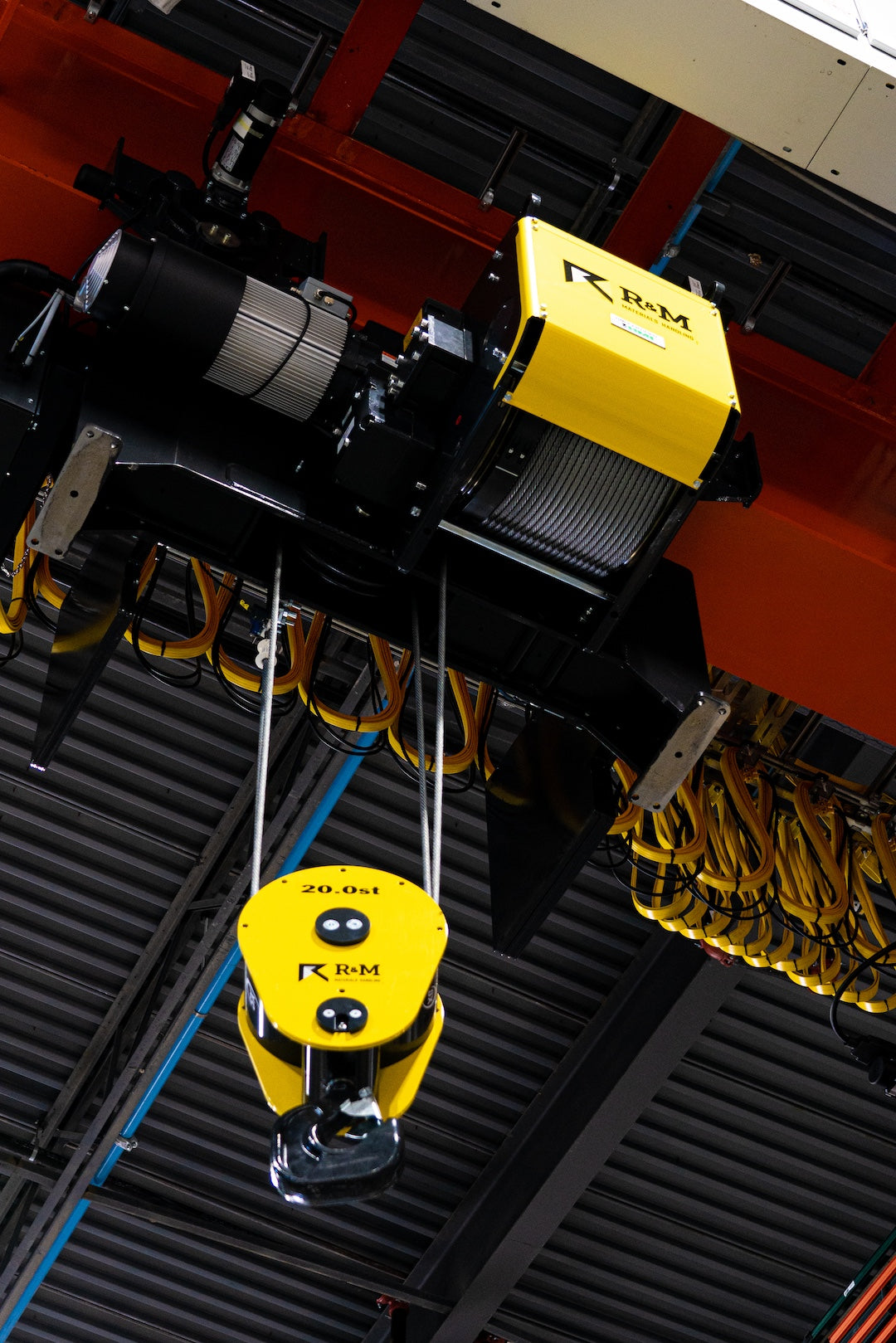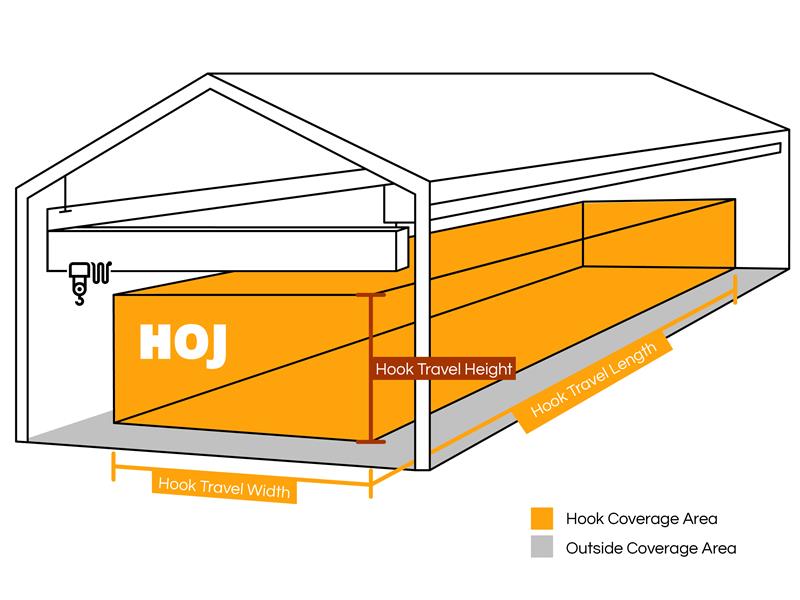Your Cart is Empty

Pallet Racking 101 - Everything you need to know about different types of racks
Perhaps the first image one has when thinking of a distribution center is the Warehouse Racking. Rows upon rows and layer upon layer of sturdy shelves holding countless items - waiting to be loaded and moved.

As soon as warehouse managers began running out of floorspace, expanding vertically became all the rage in storage. And shortly after wood shelving was exposed as limited in its capacity and longevity, Warehouse Racking has become as much a necessity as a roof over the warehouse floor. But, there may be as many types of Warehouse Racking as there are types of product to store on those racks.
Whatever your needs, Hoj Innovations’ staff of warehousing experts can help you make the best choice. Let’s explore some of the different options you might consider when designing your warehouse for optimal performance and efficiency.
Selective Racking
If you look up Warehouse Racking in the dictionary, this is the stuff you’ll see in the picture next to the definition. Built with typically universally sized steel beams and columns, Selective Racking is usually slightly less deep than your average pallet. This allows the pallet to extend a couple of inches over the front and back of the beams to ensure safety and stability. Selective Racking sometimes comes with wire, wood or sheet shelving between beams, particularly if it is being used to store boxes and other items not placed on pallets for forklift accessibility
If the Selective Racking is two pallets deep, you are limited to a First In, Last Out (FILO) scenario which is not ideal for time sensitive goods but works well for increasing storage capabilities.
Pallet Flow Racking
When you prefer to use a First In, First Out storage set up, the way to get this done is with Pallet Flow Racking. Pallet Flow Racking enables warehouse managers to load new product from the back aisle and pick or unload the product from the front. This ensures older product, even if identical to the new product, is picked first and stock remains fresh. This is particularly helpful if product has a ‘best by’ date such as beverages or perishables that require timely rotation.
Pallet Flow Racking allows for efficient product rotation as one pallet is moved to the front of the shelf after new pallots are loaded from the rear aisle. Pallets typically move from the rear to the front of each shelf via rollers.
Carton Flow Rack
Similar to Pallet Flow Racking, Carton Flow Racking is used to rotate product from back to front for First In, First Out picking. The primary difference, however, is items are not stored on pallets. Instead, items are placed on racks individually (or in containers of multiple items for smaller goods) and rotate to the front of the shelf as items are picked.
With Carton Flow Racking, shelving is usually built with a slight angle and rollers between beams to enable automatic product rotation as older product is replaced by newer items. Again, this proves beneficial for items with best-by dates or production dates on the packaging to keep existing stock moving as newer stock arrives.
Push Back Racking
When there are multiple pallets of identical product, Push Back Racking can make a big difference. By eliminating an aisle between pallet racks and utilizing sloped shelves with rollers, you can store large amounts of goods multiple pallets deep.
Typically used against a wall to form a backstop of sorts, Push Back Racking is a Last In, First Out method of warehousing. This works well when moving multiple pallets of the same product at the same time, but is probably not the best choice if your product should be rotated based on production date.
Drive In Racking
When storing and moving large amounts of identical product (or temporarily holding large orders of varied product for one customer) using Drive In Racking provides an efficient way to quickly move pallets. Built using bays, Drive In Racking allows forklifts to place pallets as deep and wide as needed, with columns between stacks of pallets and hold on support beams attached to the columns from front to back instead of left to right.
Drive In Racking is First In, Last Out and is not a preferred manner of storage for time-sensitive products.
Cantilever Racking
When storing lumber, pipes or other thin and lengthy items, Cantilever Racking is the warehouse manager’s go-to option. Taking advantage of arms extending at an upward angle from vertical beams, Cantilever Racking allows easy access to individual items - such as a single 2x4 piece of wood or a single segment of PVC pipe. This also permits forklifts to easily place large amount of inventory at once.
Conclusion
Selecting the right style of Warehouse Racking can make an enormous difference in your efficiency. Hoj Innovations has a staff of experts with decades of experience to help you create your warehouse with the best possible design for your needs. Contact us today to start the process with a consultation.








